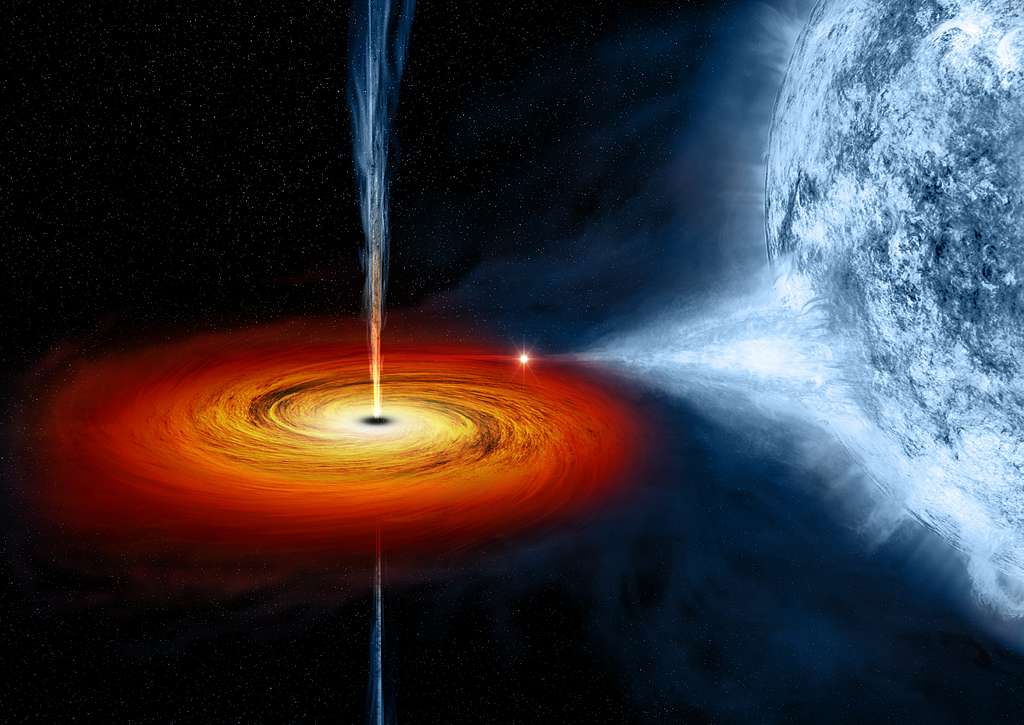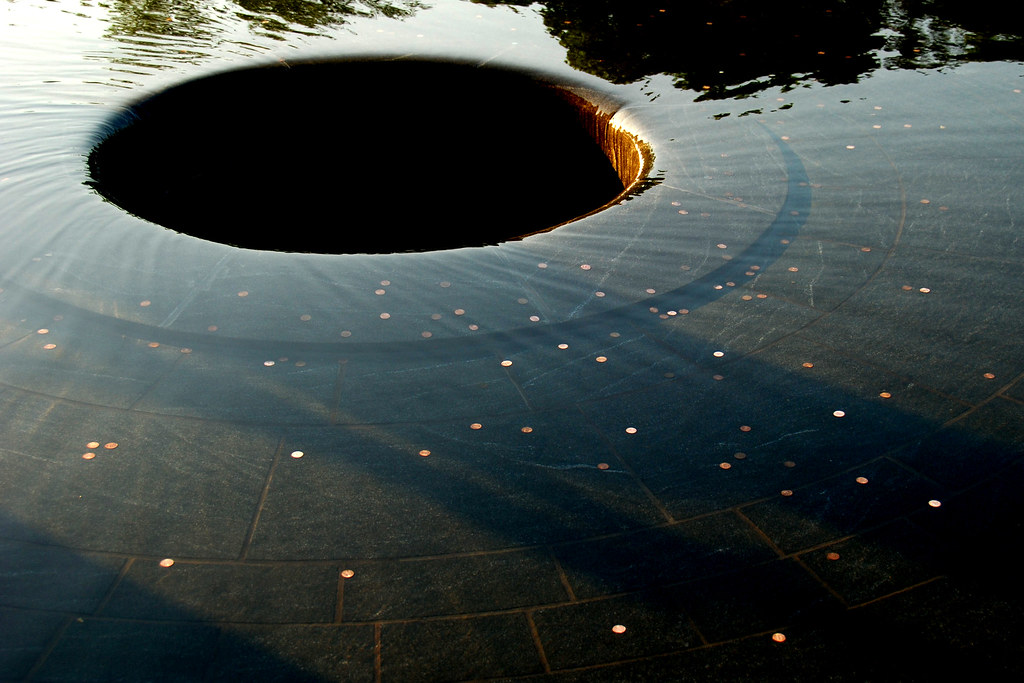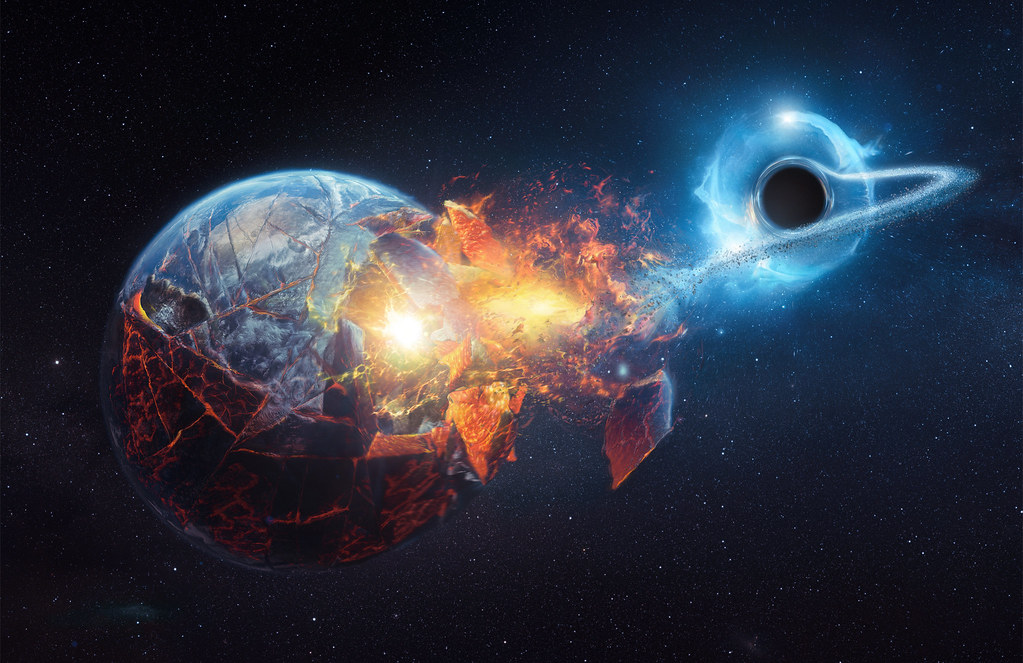When considering the intriguing question of Mysterious Black Holes on Earth: Natural or Manmade?, it’s crucial to clarify a fundamental point: black holes are inherently naturally occurring astronomical phenomena, not creations of human design. These enigmatic cosmic entities are forged from the cataclysmic collapse of massive stars, and their gravitational pull is so extraordinarily potent that absolutely nothing, not even light, possesses the velocity required to escape their grasp. While the cutting edge of scientific inquiry does indeed touch upon the theoretical possibility of generating microscopic black holes within highly controlled laboratory environments, such as those explored at CERN, the current state of technology unequivocally confirms that the creation of a true black hole on Earth remains beyond our capabilities. The notion of a naturally occurring, large-scale black hole existing on our planet is equally unsupported by scientific evidence, as the conditions necessary for their formation are exclusive to the extreme environments of space.
To elaborate on their natural genesis, black holes come into existence when a truly massive star, having exhausted its nuclear fuel, undergoes gravitational collapse. This leads to the formation of a singularity—a point of infinite density—enveloped by a boundary known as the event horizon. This event horizon is the critical threshold beyond which escape is impossible. There are primarily two types of naturally occurring black holes. Stellar black holes are the more common variety, typically forming from the remnants of massive stars at the very culmination of their life cycles, after they have exploded in a supernova. These stellar remnants then collapse further under their own immense gravity. The second type, supermassive black holes, are vastly larger and are believed to reside at the very heart of most galaxies, including our own Milky Way. The exact mechanisms of their formation are still a subject of ongoing research, but leading theories suggest they may have formed either from the collapse of exceptionally supermassive stars in the early universe or through the gradual merging and accretion of countless smaller black holes over cosmic timescales.

The concept of manmade black holes is largely confined to the realm of theoretical physics and highly specialized experimental environments. As articulated by publications like Scientific American, research at institutions such as CERN, the European Organization for Nuclear Research, delves into the hypothetical prospect of creating incredibly small, possibly microscopic black holes in highly controlled laboratory settings. However, it’s vital to emphasize that even if such micro-black holes could be produced, they are expected to be extremely small and short-lived, posing no threat to our planet or anything on it. Their existence would be fleeting, and they would quickly evaporate due to Hawking radiation, a theoretical phenomenon where black holes emit particles. Therefore, the sensationalized idea of a human-generated black hole posing a danger on Earth is not supported by current scientific understanding.
Detecting these elusive cosmic giants is a complex endeavor, precisely because black holes themselves do not emit or reflect light, making them inherently invisible to conventional telescopes. Scientists primarily infer their presence and study their characteristics by observing their profound gravitational effects on their surroundings. One key method involves observing how they influence nearby objects. Black holes are often encircled by swirling rings of gas and dust, known as accretion disks. As matter in these disks spirals inward towards the event horizon, it heats up to extreme temperatures due to friction and gravitational forces, emitting intense radiation across various wavelengths, most notably X-rays. These X-ray emissions serve as a crucial signature for identifying black holes.
Another powerful detection technique involves analyzing the unique orbital patterns of stars. A supermassive black hole’s incredibly intense gravity can cause stars in its vicinity to orbit around it in highly distinct ways, unlike anything seen around other celestial bodies. A groundbreaking example of this method led to the discovery of the supermassive black hole at the center of our Milky Way, known as Sagittarius A* (pronounced “A-star”). Astronomers meticulously tracked the precise orbits of numerous stars near the galactic center, and their movements unequivocally pointed to the presence of an unseen, immensely massive object – a discovery that was recognized with the Nobel Prize in 2020. Furthermore, when extremely massive objects, like black holes, accelerate through the vast expanse of space, they generate ripples in the very fabric of space-time itself. These ripples are known as gravitational waves. Scientists can detect some of these waves by observing their minute effects on highly sensitive detectors, such as LIGO (Laser Interferometer Gravitational-Wave Observatory), opening up a new window into the universe. Lastly, the phenomenon of gravitational lensing provides another means of detection. Massive objects, including black holes, possess sufficient gravity to bend and distort light from more distant objects behind them. This lensing effect can be used to identify isolated black holes that would otherwise remain completely invisible.

It is equally important to dispel common misconceptions about black holes. They are definitively not wormholes. Despite their portrayal in science fiction, black holes do not offer shortcuts between different points in space, nor are they portals to other dimensions or alternate universes. Furthermore, black holes are not cosmic vacuum cleaners that indiscriminately suck in everything in their vicinity. From a sufficient distance, their gravitational effects are precisely the same as those of any other object of equivalent mass. If, for instance, our Sun were to suddenly transform into a black hole of the same mass, the planets in our solar system would indeed experience a dramatic drop in temperature, but their orbits would remain precisely the same, as the overall gravitational pull would not change. Objects only fall into a black hole if they venture too close to its event horizon.
Ongoing research into black holes continues to unravel their mysteries. Scientists are tirelessly working to deepen their understanding of how these cosmic behemoths form, how they grow over billions of years, and how they interact with the vast and intricate tapestry of the universe. The insights gained from this research contribute significantly to our broader comprehension of astrophysics and the fundamental laws governing the cosmos.
Here are some essential and fascinating facts about black holes: The nearest known black hole, dubbed Gaia BH1, is located approximately 1,500 light-years away from Earth. Conversely, the most distant black hole ever detected resides at the center of a galaxy designated QSO J0313-1806, an astounding 13 billion light-years distant. In terms of size, the most massive black hole observed, TON 618, is truly colossal, tipping the scales at an mind-boggling 66 billion times the mass of our Sun. On the other end of the spectrum, the lightest-known black hole currently identified is a mere 3.8 times the Sun’s mass and is partnered with a companion star. A particularly vivid term, “spaghettification,” accurately describes the terrifying phenomenon that occurs when matter gets too close to a black hole. The intense differential gravitational forces stretch it vertically and squeeze it horizontally, transforming it into a long, thin strand resembling a noodle. All black holes, without exception, are known to spin. The fastest-known spinning black hole, named GRS 1915+105, rotates at an incredible rate of over 1,000 rotations per second. Moreover, the monstrous black holes found at the centers of galaxies are capable of launching particles to nearly the speed of light, influencing their galactic environments profoundly. As previously mentioned, if the Sun were replaced by a black hole of identical mass, the planets would remain in their orbits, though the solar system would become much colder due to the absence of solar radiation. One common type of black hole is born from the violent death of massive stars that run out of fuel and explode in spectacular supernovae. Finally, it’s a widely accepted fact that most Milky Way-sized galaxies host a monster black hole at their centers. Our galaxy’s central supermassive black hole, Sagittarius A*, is a formidable entity with a mass estimated to be 4 million times that of the Sun.

In conclusion, the question of Mysterious Black Holes on Earth: Natural or Manmade? can be answered with clarity: true black holes are entirely natural cosmic phenomena, born from the life and death of massive stars, operating under the extreme conditions of space. While theoretical avenues for creating minuscule, non-threatening black hole analogues in laboratories are being explored, the majestic and terrifying black holes that shape galaxies are purely products of the universe’s grand, natural processes. Their study continues to push the boundaries of human knowledge, revealing the profound and often counter-intuitive nature of gravity and space-time itself.
